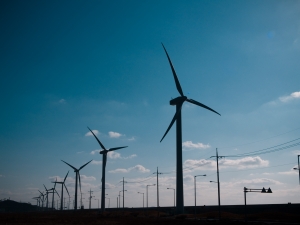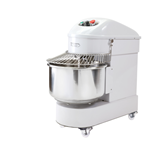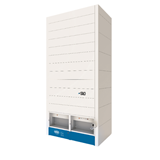"The M90 is capable of storing large amounts of electricity from sources such as solar or wind power which can be used during peak demand periods or at night," Mark Dreyfus, Parliamentary Secretary for Climate Change and Energy Efficiency, Industry and Innovation, said.
The M90 comprises 24 zinc bromine batteries housed in a 20 foot shipping container which is connected to a solar PV array at the campus. The system has a 90 kilowatt power output, with 240 kilowatt hours of capacity.
"One of the major challenges in the mainstream use of renewable energy has been finding a way to store electricity from intermittent sources like wind and solar, and it's exciting to see Queensland lead the way," Dreyfus said, who recently visited the university.
"In 2001, two Brisbane engineers began developing the power storage system in a backyard shed. The company now employs 40 staff and is at the forefront of zinc bromine battery research with 65 systems installed across Australia and internationally.
"Currently, intermittent renewable energy provides less than a third of our total energy mix, but advances like the M90 will increase this, helping Australia to slow down dangerous climate change and providing greater energy security to the grid," he said.
RedFlow has received $3 million of support under the federal government's new R&D Tax Incentive, which provides generous tax offsets to encourage more small companies to engage in research and development.
It has also utilised $1 million from the government's Advanced Electricity Storage Technologies program to develop small residential-scale systems — a number of which are now deployed in Australia in the Smart Grid Smart Cities trial, with commercial customers in New Zealand and the USA.
"Innovation is a pillar of Australia's Asian Century engagement," Dreyfus said.
"We are actively forging stronger links between industry and research institutions to become leaders in innovation, making the most of our expertise and highly skilled workforce."


-160x160-state_article-rel-cat.png)

-160x160-state_article-rel-cat.png)




-160x160-state_article-rel-cat.png)

-160x160-state_article-rel-cat.png)









